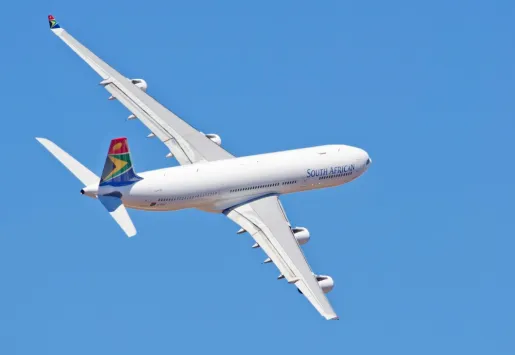
Air travel demand worldwide fell 49.6% in January compared to the same month in 2019, due to travel restrictions following the emergence of Omicron and waiting for the impact of the conflict in Ukraine, according to the International Air Transport Association (IATA).
The largest decline continues to occur in international passenger demand in January, which was 62.4% lower than during the same period in 2019, while total domestic air traffic reduced by 26.5% in comparison to January 2019 levels.
IATA director general Willie Walsh mentioned that tightening border controls did not stop the spread of the omicron variant. However, he welcomed the fact that many governments are now adjusting policies on Covid-19 to bring them in line with those on other endemic viruses, including lifting travel restrictions, which "have had such a devastating impact on lives, economies and the freedom to travel".
As for the impact the war in Ukraine will have, IATA expects the resulting sanctions and airspace closure to have a negative impact on travel in connection with Russia's ongoing invasion, mainly between neighboring countries. The Ukrainian market accounted for 3.3% of European passenger traffic and 0.8% of global traffic in 2021, while the Russian international market accounted for 5.7% of European traffic (excluding Russia's domestic market) and 1.3% of global traffic in 2021.
Regarding rising fuel prices, Walsh has indicated that "facing such a large hit in costs just as the industry is struggling to cut losses as it is still recovering from the two-year Covid-19 crisis is a huge challenge." "If jet fuel prices remain this high, it is reasonable to expect that over time it will have negative effects on airlines," Walsh added.
In terms of regions, January international traffic for airlines in Europe increased the most, up 225.1% compared to the same month in 2021. Capacity grew by 129.9% and the occupancy factor rose 19.4% until reaching 66.4%. On the Asia-Pacific side, international air travel grew by 124.4% compared to January 2021, while capacity increased by 54.4% and the occupancy factor reached 47%, the lowest among the regions.
Middle Eastern airlines showed a 145% increase in demand in January, trailing North American and Latin American airlines, whose international traffic rose 148.8% and 157% in January, respectively. In Africa, airline traffic increased 17.9% in January in comparison with a year ago but less than in December 2021 (26.3%).














